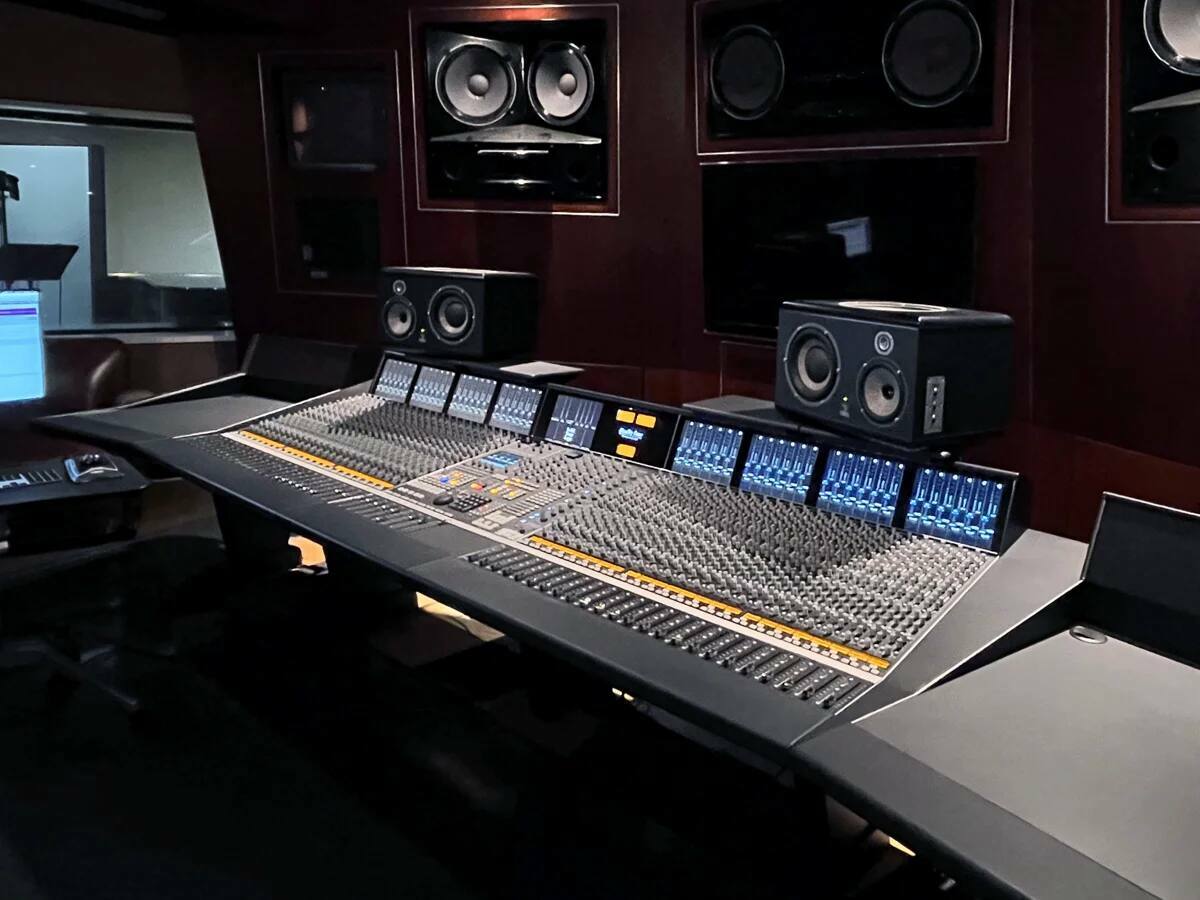Kenneth “Babyface” Edmonds, the prolific award-winning hitmaker behind chart-topping songs by artists such as Toni Braxton, Mary J. Blige, Madonna and Mariah Carey, has upgraded the mixing console in the A room at his Brandon’s Way production facility in Hollywood.
The two-room private complex, which opened in 1996, now features a new 48-fader Solid State Logic Duality Fuse SuperAnalogue console with SSL δelta-Control and integrated Fusion coloration processor, which joins an SSL Duality in the Studio B.
Babyface's history with making hit records with SSL consoles dates back to the mid-'80s, during his collaboration with Antonio "L.A." Reid.
"SSL has always been at the forefront of my hit making formula,” said Edmonds. “Nothing else allows me to achieve the level of production excellence."
Babyface, an 11-time Grammy-winner, four of them for Producer of the Year, a Recording Academy Trustee Award-winner and a 2017 Songwriters Hall of Fame inductee, has worked with a who’s-who of pop and R&B royalty, including artists such as Boyz II Men, Bobby Brown, Aretha Franklin, Katharine McPhee, Vanessa Williams, Celine Dion, Phil Collins and many, many others.





